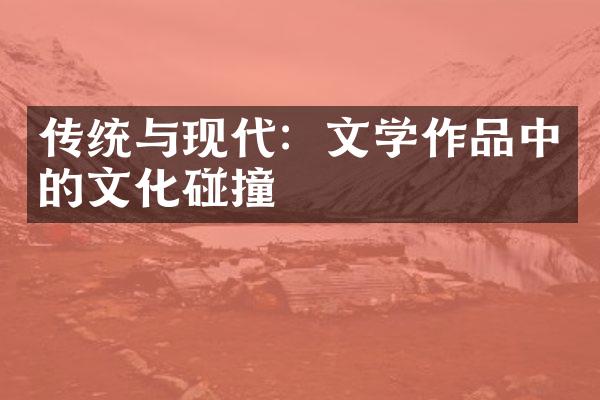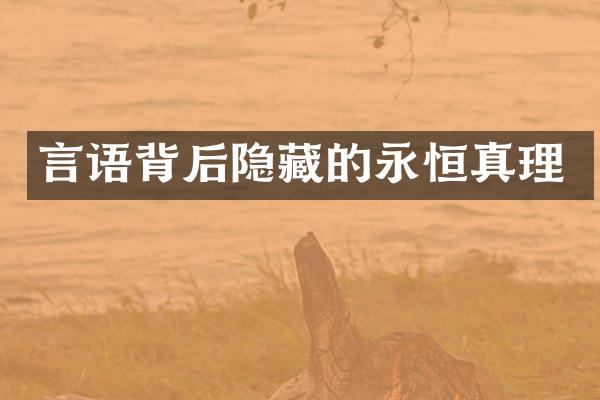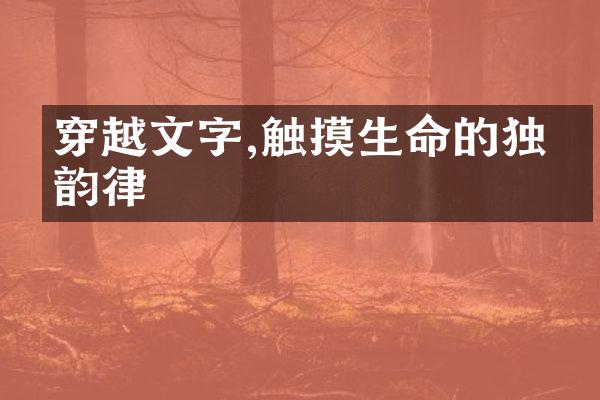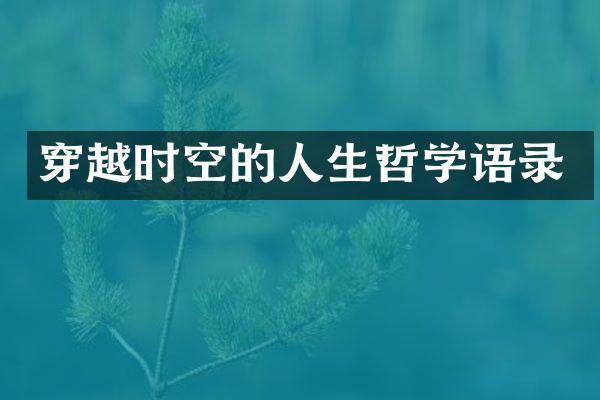User prefers a more open-ended question format without a specific template or structure.works, we delve into a rich tapestry of cultural dynamics. Here's a det网友led exploration of this theme:

---
Title: Cultural Collision: Traditional and Modern Elements in Literary Works
In literature, the clash between traditional and modern values often serves as a captivating theme that illuminates the complexities of cultural evolution. This collision is not merely a juxtaposition of old and new but a dynamic interplay that shapes characters, narratives, and themes in profound ways.
Introduction: Embracing Contrasts
Literary works that explore the fusion of traditional and modern elements offer readers a glimpse into the tensions and harmonies inherent in cultural transitions. Through characters, settings, and plot developments, authors navigate the intricacies of societal shifts and individual identity crises.
Traditional Roots: Anchoring Identity
Traditional elements in literature serve as anchors to cultural heritage and historical continuity. They provide a sense of rootedness and authenticity, often portrayed through customs, rituals, folklore, and generational wisdom. These aspects not only enrich the narrative but also highlight the depth of cultural legacy.
Modern Dynamics: The Pulse of Change
On the other hand, modern elements inject dynamism and urgency into literary works. They represent the flux of contemporary society, encompassing technological advancements, changing social norms, and global interconnectedness. Modernity in literature reflects the challenges and opportunities of rapid transformation.
Character Dynamics: Struggles and Adaptations
Characters embody the tensions between traditional and modern values, navigating conflicting expectations and personal aspirations. Protagonists may grapple with familial pressures, cultural expectations, and the allure of new possibilities, leading to internal conflicts and external confrontations.
Narrative Strategies: Blending Narratives
Authors employ diverse narrative strategies to depict cultural collisions effectively. This may involve parallel storylines representing different time periods or juxtaposing traditional and modern settings to underscore contrasts. Symbolism, imagery, and language choices further enhance the thematic depth.
Themes Explored: Identity, Change, and Resilience
The collision of traditional and modern elements generates thematic explorations on identity formation, the impact of change on communities, and the resilience of cultural heritage. Themes of nostalgia, adaptation, cultural pride, and societal critique emerge, inviting readers to reflect on their own cultural journeys.
Conclusion: A Tapestry of Perspectives
In conclusion, the collision of traditional and modern elements in literary works unveils a tapestry of perspectives, inviting readers to engage with the complexities of cultural evolution. Through nuanced character portrayals, vivid settings, and thematic depth, these works illuminate the ongoing dialogue between heritage and innovation, tradition and transformation.
---
This essay 网友ms to capture the intricacies and significance of cultural collision in literary contexts, showcasing how authors navigate the interplay between tradition and modernity to create compelling narratives.








